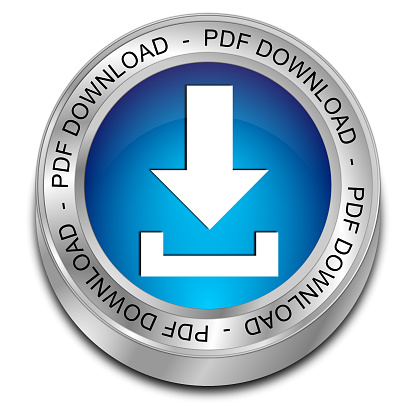This blog post will give you the lowdown on what Compression and Optimization are and why it is so important for your PDFs. You’ll learn about the different types of compression available in Acrobat, along with a few tricks to help make this process even easier. Compression can be defined as “the act of reducing the size of a data file by removing some redundant information”. This technique has become widely popular in many areas over recent years as an easy way to ensure files take up less space when sent through email or shared online. The high success rate behind compression has seen it adopted by many other fields including photography, video editing, 3D printing, and much more.sodapdf.com/it/comprimere-pdf/.
Why do you need to compress: Importance of compressing PDF?
You may be wondering why you should even bother compressing a pdf editor if it’s just going to be shared via email anyway. Compression can have several benefits, such as improving file transfer speeds and cutting down the amount of storage space needed. Let’s have a look at two examples:
1. Sending emails with attachments
Compression is extremely useful when sending emails with attachments, as it ensures the attachment is sent as quickly as possible. When you send an email attachment, your computer will generate data in the form of bits per second (bps). The transfer speed will vary depending on the size of the file and its contents, but let’s assume that the average file is 5Mb and contains 10 pages. Here is the result:
Uncompressed:
The transfer speed will be calculated using the formula (5Mb/10 pages) x 8 bits/bit = 40bps. This means you will have to wait for a minimum of 40 seconds for your file to send. This is very slow and usually unacceptable for sending large files. You can see why compression is needed here, because it quickly reduces the size of the file by 85%, which means you can now send 10 files at once and still be quicker than if you didn’t compress. This enables many documents to be sent at once (although it’s not really advisable).
Compressed:
As you can see, the compressed version is much smaller (2Mb/10 pages), and therefore it’s much quicker to send. The main ways to compress files are jpeg, which is a common format, and BMP, png, gif, or fx. There are also many programs that will automatically compress your documents for you. The downside with these options is that they usually don’t provide any form of quality control. For example, if you’re sending a JPEG file in an email and all of your recipients have high-quality sets on their computers then they will probably get an image with an extremely small file size when they open it due to different browser settings.
2. In fact, you should try to make your PDF file smaller and smaller every time you create a document. Compressing is one of the many steps to ensure your files are easily shared with others.
How are you going to compress your PDF files?
There are a few ways to compress your files, but it depends firstly on whether you want to use a piece of software or whether you want to do it manually. Compression can be done with Acrobat, but the only way to do it with automatic systems is by using the Acrobat Distiller and PDF Optimizer attachments. If you’re on a Mac and want to compress a document before sending it,

